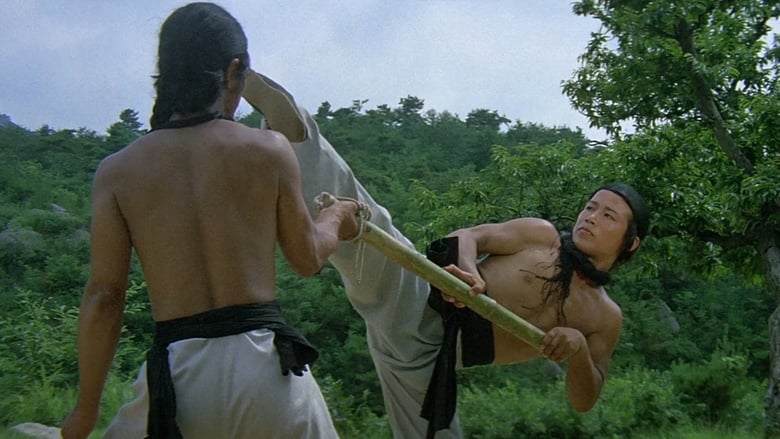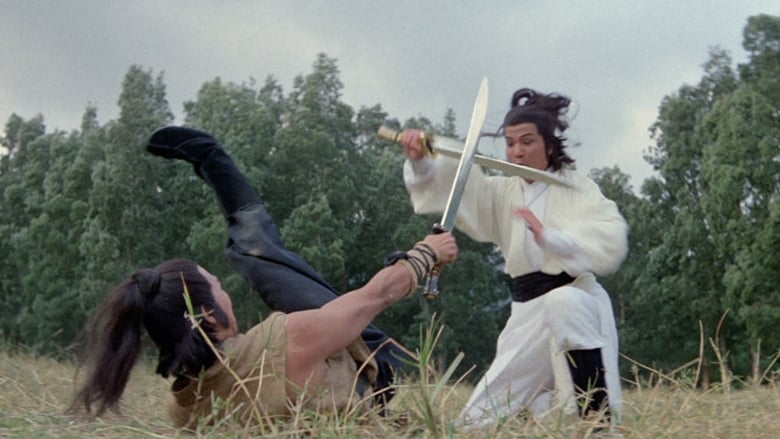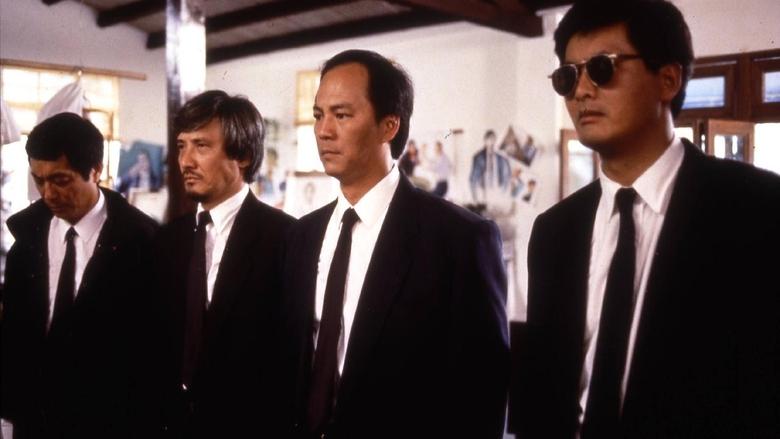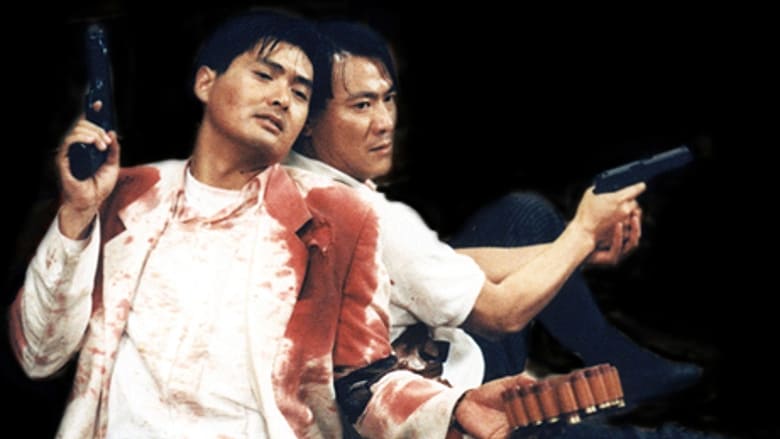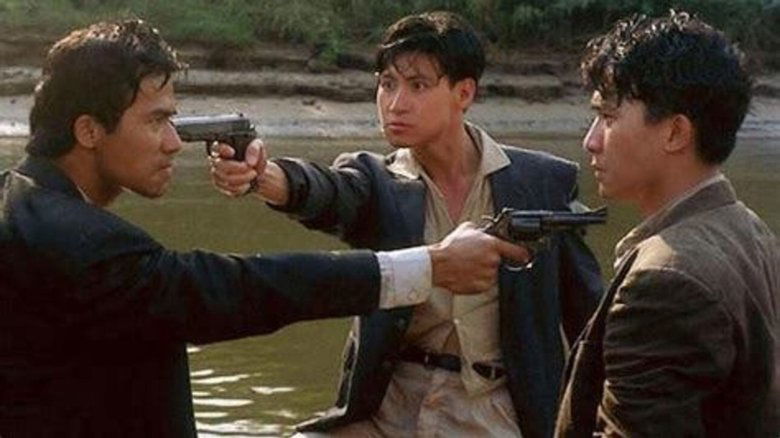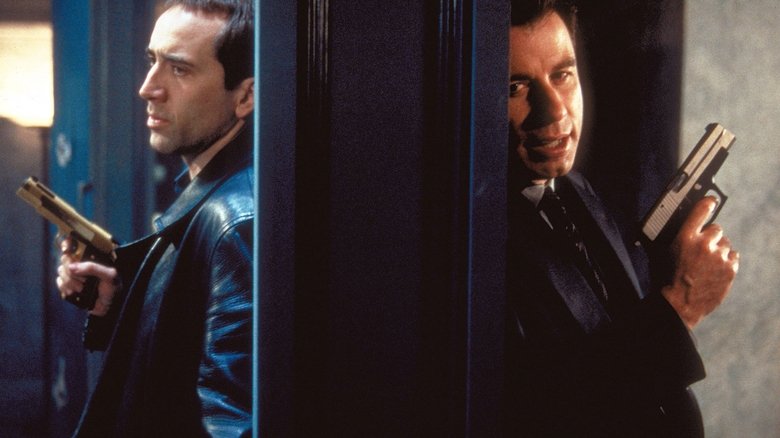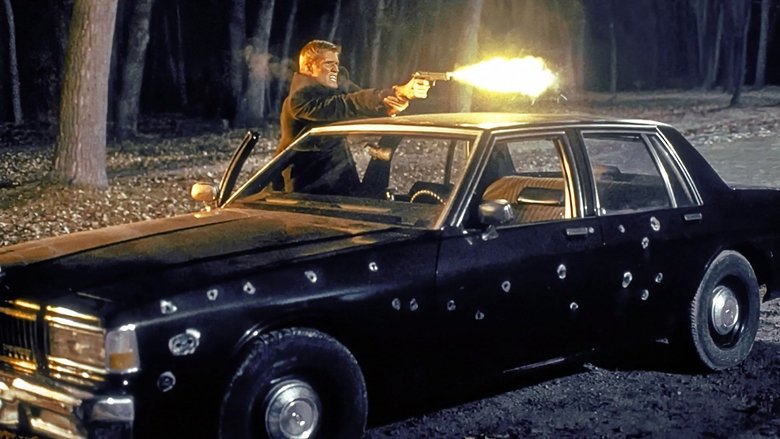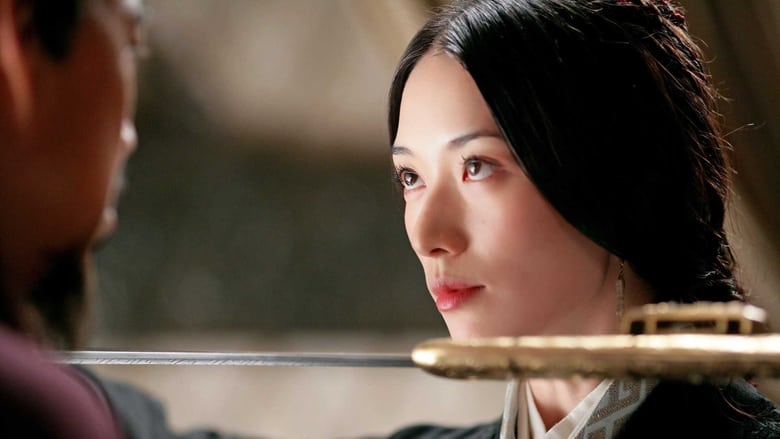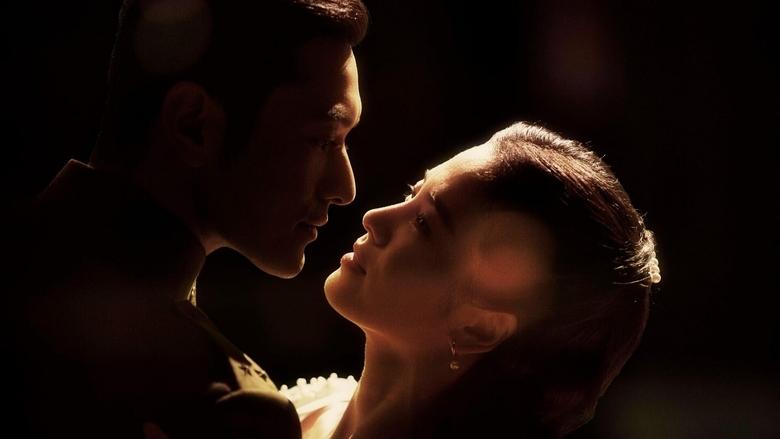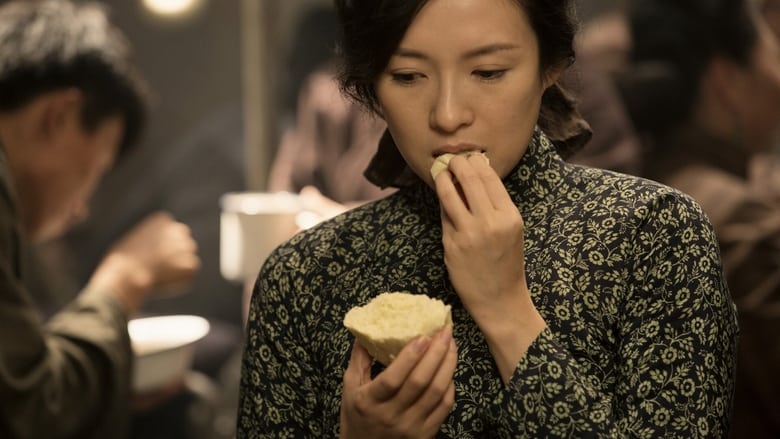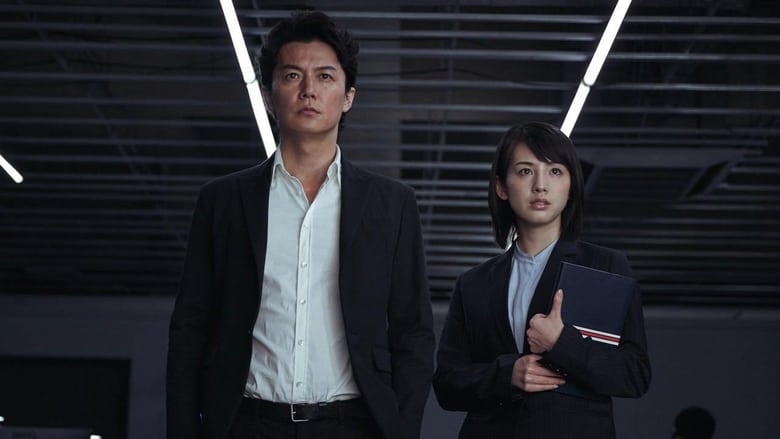Artist of the Year 2021: John Woo
John Woo (吳宇森) was likely never going to succeed in Hollywood. In watching 30 of his films, and reading contemporaneous writing on his work, it became clear that certain qualities of his movies didn’t survive the hop from Hong Kong to the US. And much of the fault can be traced to the challenges of appreciating art across a cultural gulf.
His heroic bloodshed films, despite their acclaim, succeeded in the US as somewhat camp objects. This was the fate experienced by many Hong Kong films in the US. The quality of subtitles, and especially dubbing, in Hong Kong films was often the butt of jokes, and Woo’s movies weren’t spared. Julian Stringer, writing lovingly about The Killer 喋血雙雄 and A Better Tomorrow 英雄本色, cites some “less than perfect subtitles” that left him “lost and linguistically adrift”1. I experienced that myself when watching The Dragon Tamers 女子跆拳群英會. With the narrative sometimes filtered through an obscuring translation, it’s not a surprised that people ended up enjoying these works from an ironic distance, or purely for their action.
Another contributor to camp readings was the degree of perceived foreignness in the melodrama of these films. Scenes like a music video interlude in The Killer, or exaggeratedly emotional performances from Chow Yun-Fat (周潤發) stand out to American audiences. Some might argue that this sense of foreignness allowed the films to be felt more strongly2, but much contemporary writing described these “inconsistencies of tone” as problems to be ironed out, potentially owing to a director who cant “get his actors on a consistent level of performance”3.
Whether due to opaque translations, or being seen as not serious due to the use of melodrama, this body of work was reduced to just its action sequences. Action, being primarily visual, is often immune to misreading or mistranslation, and Woo’s films excel in this area. If Woo was judged as being only of interest for his action scenes, it became a self-fulling prophecy that doomed his Hollywood output (Face/Off aside) to also only being worth its action. Woo was deprived of the opportunity to write in Hollywood, and was made to mine his prior movies for set pieces, which due to their provenance likely could say nothing about the characters themselves.
In once late scene in The Killer, Fung, a friend and confidante of Chow Yun-Fat’s character, takes on the villian Weng and Weng’s henchmen. Within that one fight, Fung redeems himself for his earlier attempted betrayal of Jong (played by Chow), and also overcomes his own believed incapacitation (having lost the use of his gun hand). This action scene carries weight because it delivers the payoff to the earlier set up in the dramatic scenese. If I hadn’t understood why Fung couldn’t use his hand, his dropping of a gun from his “good” hand to his “bad” one wouldn’t have been as meaningful.
In contrast, Woo’s Hollywood films have an often inpenetrable barrier between action and narrative. In Hard Target, Jean Claude Van Damme’s character is largely a vessel for righteous violence, and that violeance has almost nothing to say about the predation of the vulnerable around him. The opening boxing sequence in Broken Arrow is highly effective in establishing the relationship between Deakins and Hale, but nothing that follows elaborates on that dynamic. Face/Off’s gunfight in Dietrich’s penthouse is a standout moment in that allows Archer-as-Troy to “undo” the central trauma in his life, and echoes the theme of doubles when Archer and Troy shoot their literal mirror image. It’s Windtalkers that best integrates drama and action, though even there it falls short counterparts in other war movies.
It’s not clear that things would have been different had Woo been given the opportunity to write. And that opportunity alone presupposes an absence of racism and studio interference4 that’s unrealistic to consider. Regardless, any potential success in Hollywood that Woo might have found was coincidental, as the true substance of work was replaced with symbols.
Early Years
女子跆拳群英會 The Dragon Tamers (1975)
Watched with pretty janky subtitles. Rarely incomprehensible, one could always feels the texture of Mandarin grammar beneath the English words. When so much of modern media is made easy to access, there was something nostalgic and exhilirating about watching something endearingly bootlegged.

It can be tempting to dig through an artist’s early, less reknowned, work in search of the key that unlocks later pieces, or the seed of their stylistic or thematic preoccupations. Last Hurrah for Chivalry 豪俠 is a promising candidate for that kind of reading, but I think it’s misplaced. While Last Hurrah does contain a number of themes that Woo would return to, it’s more interesting to me as a sort of midpoint between A Better Tomorrow and Chang Cheh’s (張徹) Boxer From Shantung 馬永貞, where Woo served as assistant director. In this comparison, it demonstrates both the faithfulness to his mentor’s style, and the novelty that he contibuted.
Comedies
錢作怪 From Riches to Rags (1980)
Has exactly two good jokes in it, and they’re subtle enough that they might not have even been intentional.
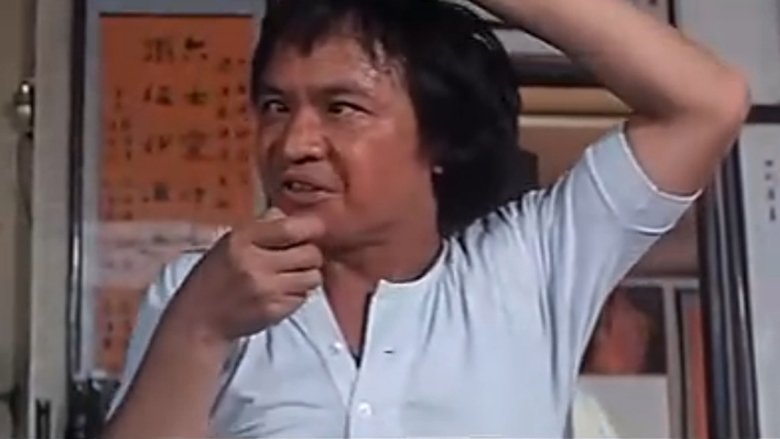
八彩林亞珍 Plain Jane to the Rescue (1982)
The slapstick stuff doesn’t do much for me, but there’s a comedy of desperation throughout that’s biting and quite good. The tunnel scene alone, of people recognizing their power having stopped the machine of the city, and extracting mahjongg/pop concerts/free tunnel tolls for life is a particularly fun power fantasy to see on screen.
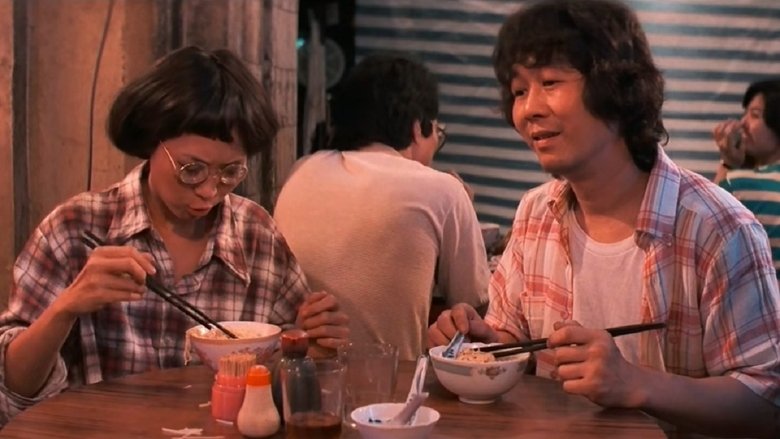
These are among the hardest works of Woo’s to track down, and I was only able to see a few. I’m still really down on From Riches to Rags 錢作怪 but one of the jokes in it I still think about and laugh, so that’s got to be worth something.
Of interest in this period is the collaboration with the Hui Brothers, who are pivotal figures in the establishing/reviving of Hong Kong comedy and Cantonese language cinema more broadly.
Heroic Bloodshed
英雄本色 A Better Tomorrow (1986)
A startling stylistic leap from Heroes Shed No Tears. I expected to see a more gradual discovery of style.
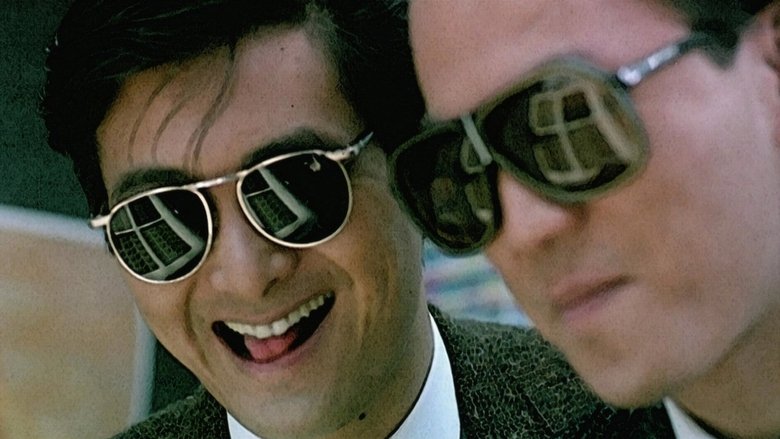
義膽群英 Just Heroes (1989)
Having characters in your film talk about being fans of the movie you made 3 years ago is a bold move.
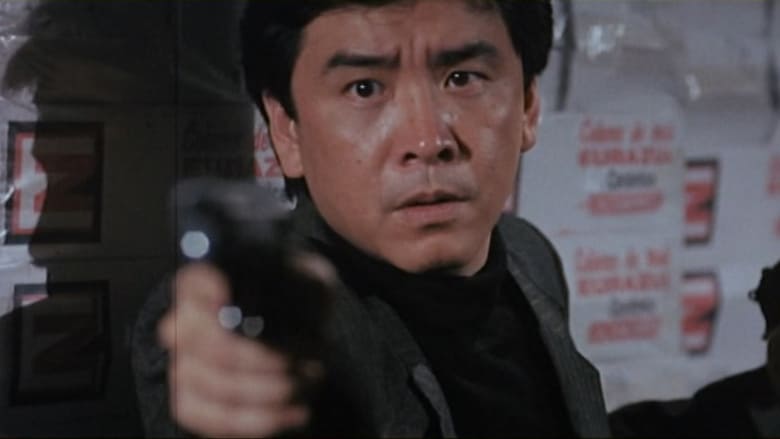
縱橫四海 Once a Thief (1991)
Woo is haunted by A Better Tomorrow’s Mark. Revived, then referred to as a known fictional character, and now found rolling across a kitchen on a skateboard. Mark is too fun of a character to not see his echoes everywhere.
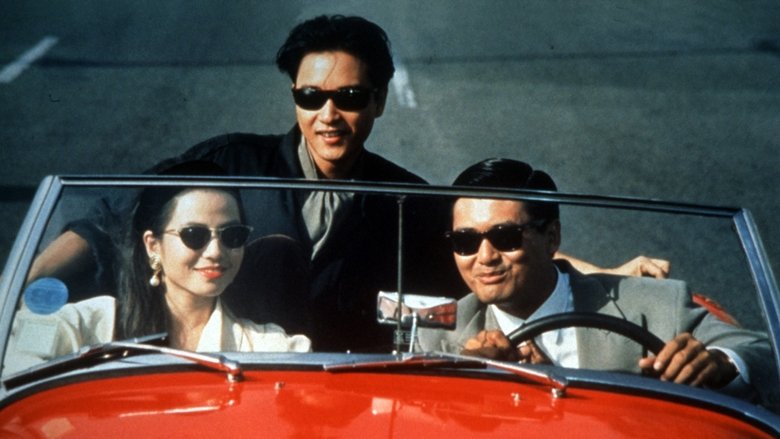
辣手神探 Hard Boiled (1992)
The last Hong Kong film of Woo’s. The tracking shot through two floors’ of hallways is perhaps his best action scene so far. It smartly deemphasizes a key moment of friendly fire in the middle, a casualty of the fog of war.

A number of writers connect Woo’s heroic bloodshed films to the impending handover of Hong Kong to China, and Woo himself directly affirms some of those interpretations. While that event certainly did cast a shadow over this time, to solely ascribe this era to the handover is reductive, and ignores the many ways in which these films continue a lineage that extends well before, such as 1970’s Vengeance 報仇.
Journey to the West
Hard Target 1993
Thematically barren. Not unrelatedly, Woo didn’t write this (nor any of his other US or Canadian films). Late in the film, Henriksen lampshades and asks Van Damme why he meddled since this wasn’t his problem. Good question.
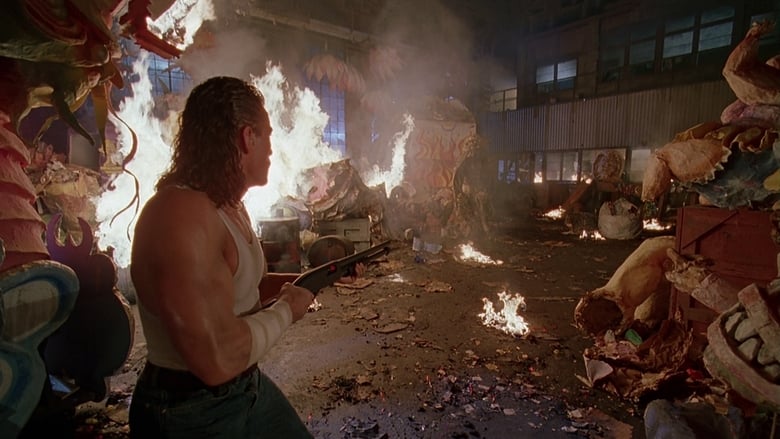
Once a Thief 1996
Not nearly as bad as I expected. That might’ve been because I was less watching the movie, and more watching the space between this and the original. There are some interesting choices (making one of the “siblings” the villain) and some curious (not getting rid of the semi-incestuous romance).
I bought this for $5 since it’s not easy to track down otherwise. It has the saddest bootleg-looking DVD menu I’ve ever seen.

Mission: Impossible II 2000
Continuing a pattern in Woo’s Hollywood work, the action lives separate from the narrative. It’s only spectacle, filled with the iconography of Woo’s Hong Kong work but little else. A more integrated climactic fight might have spoke to Ambrose as a poor, more impulsive, substitute for Hunt. But instead it’s Hunt who ultimately “gets his gun off” to defeat him. Some nice Bruce Lee homage before that, though.
Cruise does seem to be the best suited actor for Woo that I’ve seen in this stretch.

Hostage 2002
The whole BMW short series helpfully juxtaposes Woo against contemporary Hollywood filmmakers. This period marks a transition from Intensified Continuity to Chaos Cinema, and Woo’s style is much more continuous and readable. Hostage shares a release year with The Bourne Identity, which is the poster child of this new style.
Paycheck 2003
Contrary to what I wrote about Hostage, there is actually a dash of Chaos Cinema in here. But for that, and several other reasons, it never ends up feeling like a Woo film.
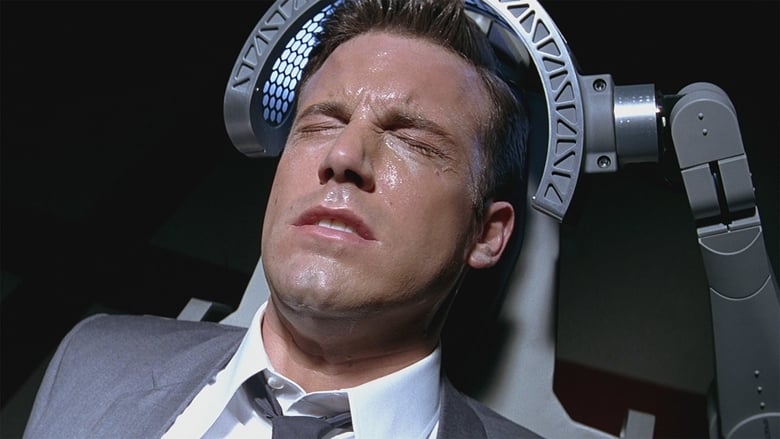
It’s here that Woo gets reduced to a handful of symbols. A pistol in each hand. Glowing doves. Lots of slow motion and vaulting vehicles. Not strictly necessary to evoke the style, and certain not sufficient. Like mistaking a spare tire for a parked car.
Epics and Beyond
赤壁 Red Cliff (2008)
Watched as one 5 hour movie.
Thematically right in Woo’s wheelhouse, and it feels good to return to steady ground. The “romance” between Zhuge and Zhou Yu, temporary allies against a foe lacking in principles ties, it to Woo’s Hong Kong work. Having a passing familiarty with the historical event, and the fictional representations, provides the opportunity to see what Woo is adding: melodrama, and men standing far to close to each others’ faces.
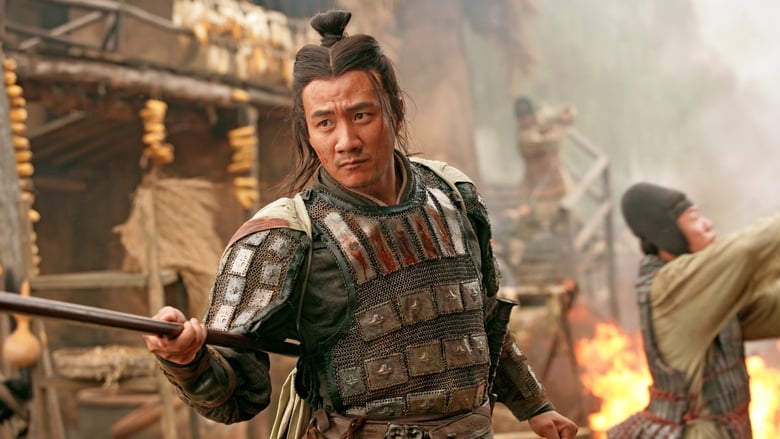
Perhaps I was so burnt from all the American movies that I saw Red Cliff as a triumph. I’d known about Woo’s love for the classics, so seeing this bit of Romance of the Three Kingdoms 三國演義 put on screen was great, and seeing what he did with Zhuge and Zhou Yu made me giddy enough that I could forgive its excesses.
1 Stringer, Julian. “‘Your tender smiles give me strength’: paradigms of masculinity”. Screen 38:1 Spring 1997
2 An, Jinsoo. “The Killer: Cult Film and Transcultural (Mis)reading”. At Full Speed: Hong Kong cinema in a borderless world, 2001
3 McDonagh, Maitland. “Action Painter: John Woo”. Film Comment Vol 29 Issue 5, 1993
4 I can’t find the citation, but in The Replacement Killers, the romance between Chow Yun-fat and Mira Sorvino was ordered removed at the request of the studio, in objection to the interracial romance, and Antoine Fuqua’s authority was often undercut in other instances.
Other works cited
Chow, Karen Har-Yen. “Asian American Transnationalism in John Woo’s ‘Bullet in the Head’”. Journal of Narrative Theory Vol 30 No 3, 2000
Dissanayake, Wimal. “Hong kong in the Hollywood imaginary: Deterritorialization and reterritorialization in John Woo’s A Better Tomorrow and The Killer”. Asian Cinema Vol 29 No 1, 2018
Fang, Karen. Learning to Love John Woo, 2015
Hall, Kenneth. John Woo: The Films, 1999
Hanke, Robert. “John Woo’s Cinema of Hyperkinetic Violence: From A Better Tomorrow to Face/Off”. Film Criticism Vol 24 No 1, 1999
McDonagh, Maitland. “Things I Left Were Being Lost: John Woo”. Film Comment Vol 29 Issue 5, 1993
Morrison, Susa. “John Woo, Wong Kar-wai, and me: an ethnographic meditation”. CineAction Issue 36, 1996
Ng, Jeannette. The History and Politics of Wuxia, 2021
Sandell, Jillian. “Interview with John Woo”. Bright Lights #13 1994
Sandell, Jillian. “A Better Tomorrow? American Masochism and Hong Kong Action Films”. Bright Lights #13 1994
Sandell, Jillian. “Reinventing Masculinity: The Spectacle of Male Intimacy in the Films of John Woo”. Film Quarterly Vol 49 No 4, 1996
Xu, Gary. “Children Caught in Crossfire: John Woo and a Global Affective Cinema”. China Review Vol 10 No 2, 2010
Williams, Tony. “To live and die in Hong Kong: the crisis cinema of John Woo”. CineAction Issue 36, 1996
Williams, Tony. “John Woo and his discontents”. CineAction Issue 42, 1997
Williams, Tony. “Space, Place, and Spectacle: The Crisis Cinema of John Woo”. Cinema Journal Vol 36 No 2, 1997
Woo, John. “John Woo; Filmmmaker”. Film Quarterly Vol 52 No 1, 1998


